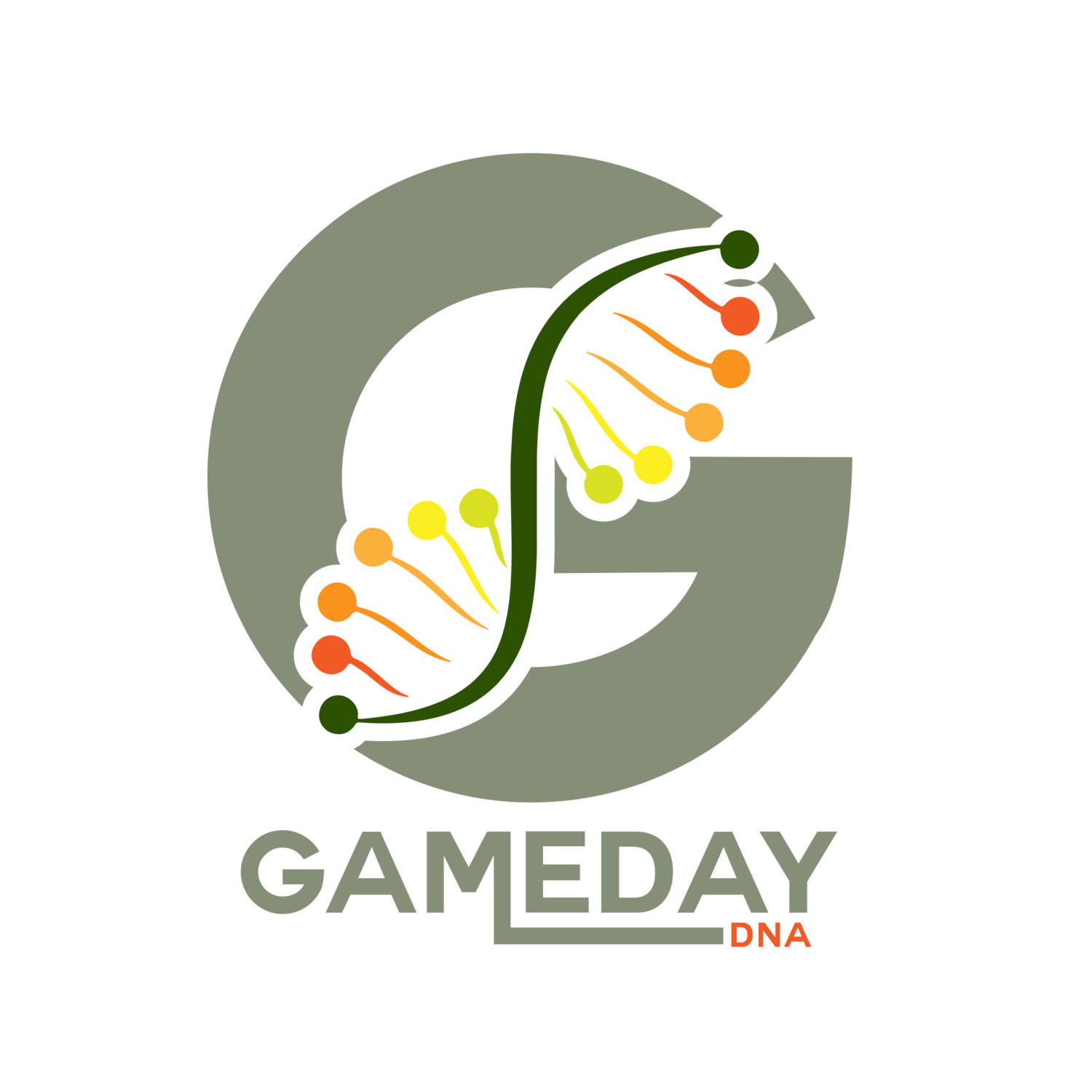Can You Do a DNA Paternity Test with Just Father and Child? Accuracy, Legal Admissibility & Process Explained
DNA testing for paternity is a trusted way to confirm biological relationships, but many people wonder: Is a paternity DNA test accurate with just the father and child? This guide explores when a father-and-child-only DNA test is possible, how it works, accuracy, and legal requirements.
Can a Paternity DNA Test Be Done with Only Father and Child?
Yes—most modern DNA paternity tests can deliver conclusive results with samples from just the alleged father and child. Accredited labs compare genetic markers between the two to determine paternity. In most standard cases, adding the mother’s sample is optional.
When Is Mother’s DNA Not Required?
Standard Paternity Testing: In most situations, a direct comparison between father and child provides highly accurate results (often over 99% certainty).
Legal Paternity Cases: Most courts accept father-and-child-only results if proper chain-of-custody protocols are followed and the lab is accredited.
When Should Mother’s DNA Be Included?
Potential Fathers Are Siblings: If the alleged father and a possible alternative are closely related (e.g., brothers), the mother’s DNA helps eliminate ambiguity.
Inconclusive Results: If the test is unclear, adding the mother can increase test accuracy and resolve borderline results.
Strengthening Legal Evidence: Including the mother may be required in rare court cases to resolve any disputes.
How Accurate Are Father-and-Child-Only Paternity Tests?
Laboratory-grade father-and-child paternity testing is over 99% accurate. The accuracy is only impacted in scenarios involving close male relatives or unusual genetic patterns—in these cases, including the mother’s DNA further boosts reliability.
Legal Admissibility of Father-and-Child DNA Testing
For court-admissible paternity results, always choose an AABB-accredited lab and follow strict chain-of-custody sample collection. Results without the mother are often accepted, but requirements can vary depending on jurisdiction.
Father-and-Child-Only Paternity DNA Testing Is Reliable, Fast, and Legally Accepted
Father-and-child-only DNA paternity tests provide a highly accurate and convenient solution for confirming biological relationships when the mother cannot participate. With results exceeding 99% reliability, court-admissible options, and rapid sample processing, these tests are ideal for personal certainty and legal proof. Adding the mother’s DNA is optional but can help in certain situations, such as when potential fathers are closely related or results are inconclusive. Always choose an accredited lab for maximum accuracy and legal validity.
Father-and-Child Paternity DNA Test: Most Frequently Asked Questions
Can you do a DNA paternity test without the mother?
Yes. DNA paternity tests can be performed with just the father and child. Accredited labs now use advanced genetic analysis to confidently establish paternity without the mother’s sample in most cases.
How accurate is a father-and-child-only paternity test?
Modern father-and-child-only paternity tests are over 99% accurate when processed by a certified laboratory. Inclusion of the mother is sometimes recommended for extra clarity or when multiple related males could be involved.
Are results from a father-and-child-only test admissible in court?
Yes. Legal paternity tests that follow strict chain-of-custody procedures are typically accepted in family court and for birth certificate amendments, even if only father and child are tested.
How fast can you get paternity test results?
Results are often available within 2 business days after sample receipt. Expedited service by accredited labs may deliver answers within 24 hours for urgent cases.
What should you do if potential fathers are related?
If alleged fathers are brothers or close relatives, it’s best to include the mother’s DNA or request advanced testing to rule out shared genetic markers and improve test accuracy.
Follow us on Instagram and Twitter! If you have questions about paternity tests or other DNA testing services, please contact our Client Support Center at 302-529-1789, Mon-Sunday from 8:00 AM to 9:00 PM Eastern Time. Our friendly, expert representatives are ready and happy to help. Get answers anytime by visiting our Help Center.


